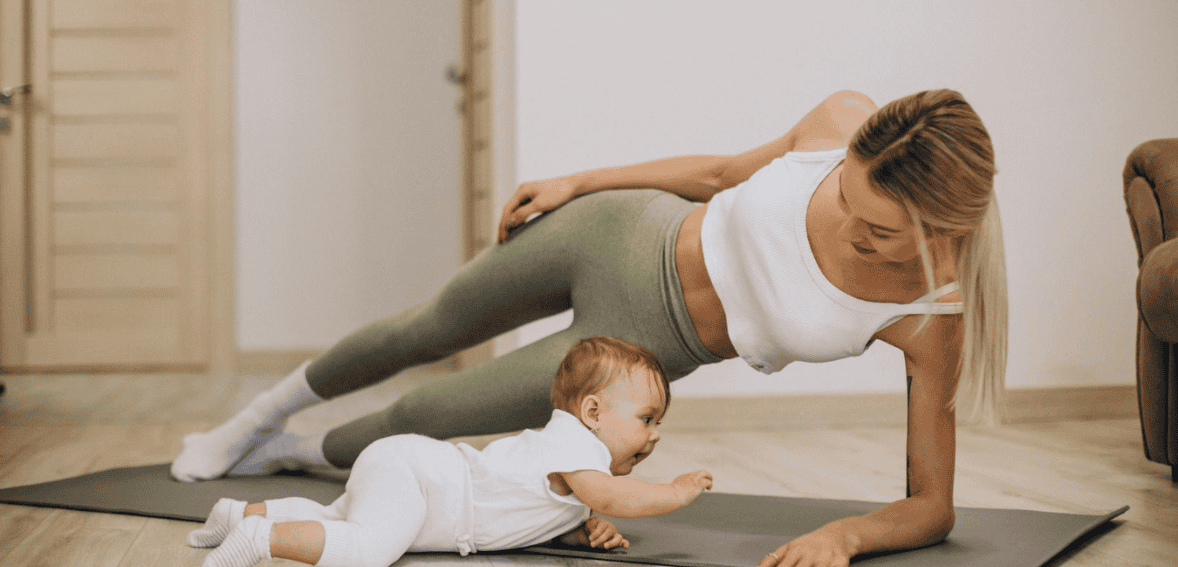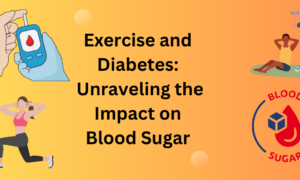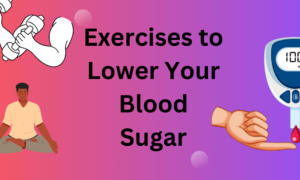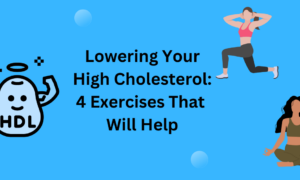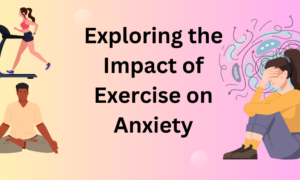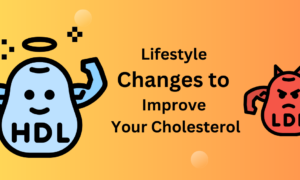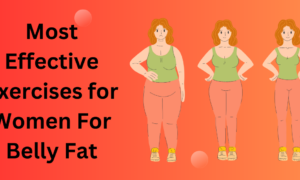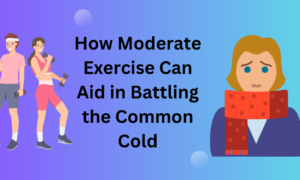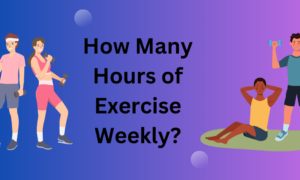Becoming a mum is a life changing experience, both physically and emotionally. While having a new baby is the most wonderful thing, the post natal period can bring many changes to the body that can affect energy, strength and confidence. Many new mums want to get back to exercise but are unsure where to start or worry about doing too much too soon. This is where post natal workouts focusing on low-impact fitness can be a game changer. Gentle, safe and designed with recovery in mind these exercises help rebuild strength without putting unnecessary strain on the body.
The goal of new mum fitness in the early months is not about “bouncing back” quickly but about getting physical function back, improving mobility and overall well being. Low impact routines can strengthen weakened muscles, improve posture and boost mood all while accommodating the unique needs of a recovering body. By choosing gentle post natal exercise options new mums can ease back into fitness at their own pace, reduce the risk of injury and build a foundation for more advanced workouts in the future.
Understanding the Postpartum Body
Pregnancy and childbirth place significant demands on the body. Core muscles stretch, pelvic floor muscles weaken, and joints and ligaments loosen due to hormonal changes. Some women may also experience conditions like diastasis recti, where the abdominal muscles separate, or lingering back and hip discomfort. Jumping straight into high-intensity routines after giving birth can worsen these issues, making it essential to start with safe, targeted movements.
Postpartum workouts should address the specific areas most affected by pregnancy, such as the core, back, and pelvic floor. Many new moms also experience changes in balance and stability, so rebuilding coordination is important. Low-impact training provides the opportunity to regain strength without overwhelming the body’s healing processes. While motivation to get active may be high, it is important to get clearance from a healthcare provider before starting any gentle postnatal exercise routine, especially for those who had a cesarean delivery or complicated birth.
The Benefits of Low-Impact Fitness for Recovery
Low-impact fitness focuses on exercises that minimize stress on the joints and pelvic floor while still engaging muscles effectively. This approach helps new mothers regain mobility, flexibility, and cardiovascular endurance in a safe, sustainable way. Activities like walking, swimming, yoga, and Pilates are ideal starting points because they allow for gradual progression.
For new mom fitness, these exercises offer both physical and mental health benefits. Physically, they strengthen the muscles needed for everyday parenting tasks, like lifting a baby, carrying a car seat, or pushing a stroller. Mentally, they can help reduce postpartum anxiety and depression by releasing endorphins and providing a sense of accomplishment. Consistency with postpartum workouts also improves energy levels, which is valuable during the demanding early months of motherhood. By starting with low-impact movements, moms can build a solid base for more challenging exercises later on while avoiding setbacks from overexertion.
Core and Pelvic Floor Restoration
One of the top priorities in gentle postnatal exercise is to restore strength and function to the core and pelvic floor. These muscle groups get so much strain during pregnancy and birth and if neglected can lead to long term issues like back pain, incontinence or prolapse. Simple targeted movements can make a big difference in getting strength and stability back.
Deep core activation exercises like diaphragmatic breathing and pelvic tilts are great starting points. Gentle pelvic floor contractions (Kegels) help rebuild muscle tone and bladder control. The key is to focus on proper form and not to hold your breath as this can put pressure on healing tissues. Gradual progression is key – moving too quickly into traditional ab exercises like crunches can exacerbate diastasis recti. With patience these foundational postpartum exercises will get you back to normal activities and build the strength you need for future fitness goals.
Walking as a Foundation Exercise
Walking is one of the simplest and most accessible forms of new mom fitness. It requires no special equipment, can be done almost anywhere, and offers numerous physical and mental health benefits. For many new mothers, daily walks provide a way to increase cardiovascular fitness without placing excessive strain on the body. The gentle motion also supports circulation, which can aid in healing, especially after a C-section.
In the early weeks, even short walks around the neighborhood can be valuable. Over time, duration and pace can be increased as strength and stamina improve. Walking with a stroller can also make it easier to include the baby, turning exercise into bonding time. Additionally, spending time outdoors can boost mood, reduce stress, and improve sleep quality. As part of a gentle postnatal exercise routine, walking is an excellent base activity that can be combined with strength training or stretching for a balanced approach to recovery.
Incorporating Gentle Strength Training
Strength training is essential for rebuilding muscle mass and improving functional strength after pregnancy. However, for postpartum workouts, it’s important to start light and focus on form over intensity. Resistance bands, light dumbbells, or even bodyweight exercises can be effective for new moms. The goal is to target major muscle groups while protecting the joints and core.
Exercises like wall push-ups, seated rows with resistance bands, and supported squats are safe choices for gentle postnatal exercise programs. These movements strengthen the upper body, back, and legs; muscles that are used constantly in caring for a newborn. Adding a few short strength sessions each week can help improve posture, which often suffers from the repetitive bending, lifting, and holding associated with motherhood. As endurance builds, resistance and repetitions can be gradually increased to continue progress without overloading the body.
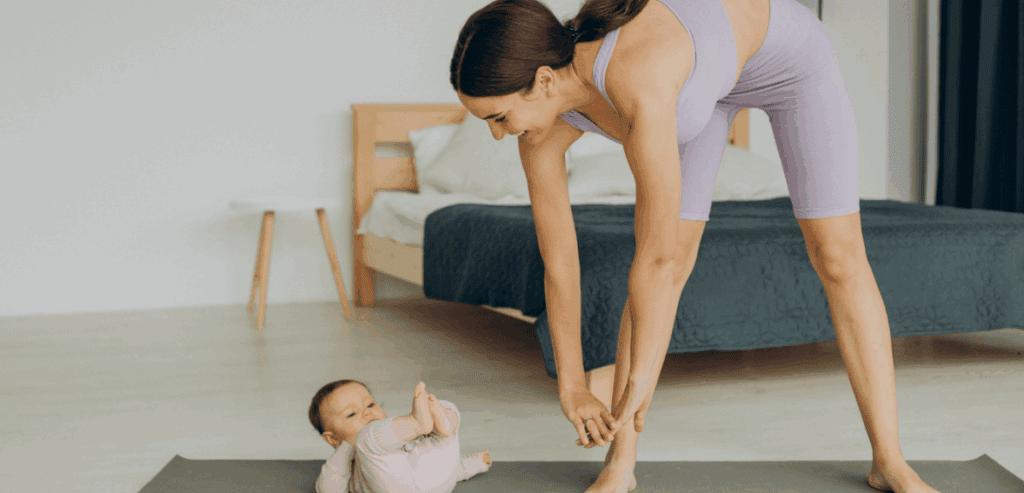
Flexibility and Mobility Work
Flexibility and mobility is another important part of new mom fitness. During pregnancy hormonal changes loosen ligaments which can affect joint stability. Some flexibility may remain but certain areas like the chest, shoulders and hips can become tight from the repetitive childcare positions. Adding stretching and mobility work into your postpartum workouts can help release tension, improve movement and prevent discomfort.
Gentle yoga poses like cat-cow, seated forward folds and child’s pose can be super soothing. Stretching the chest and shoulders helps counteract the forward posture many moms develop from holding and feeding their babies. Hip opening stretches and gentle spinal twists can release lower back and pelvic tension. These practices also encourage mindful breathing which can be calming and restorative during the often overwhelming postpartum period.
Mind-Body Connection in Recovery
One of the unique benefits of gentle postnatal exercise is the opportunity to strengthen the mind-body connection. After childbirth, it can take time to feel “at home” in your body again. Low-impact fitness activities like yoga, Pilates, and tai chi encourage mindfulness, body awareness, and intentional movement. This awareness helps new moms identify areas of weakness or discomfort and adjust exercises accordingly.
Mind-body practices also promote relaxation and stress management. Deep breathing techniques can lower stress hormones, improve sleep quality, and provide moments of calm in the busy life of a parent. Integrating these elements into postpartum workouts not only supports physical recovery but also fosters emotional resilience. For many women, this holistic approach to fitness becomes an essential part of their long-term well-being strategy.
Group Classes and Community Support
Joining a class specifically designed for new mom fitness can offer more than just physical benefits; it can also provide social connection and emotional support. Postnatal yoga, stroller fitness groups, and mother-and-baby Pilates classes allow moms to exercise in a welcoming environment with others who understand the challenges of the postpartum period. These classes are typically led by instructors trained in gentle postnatal exercise, ensuring movements are safe and adapted for different stages of recovery.
The community aspect can be incredibly motivating. Sharing experiences, challenges, and milestones with other mothers fosters a sense of camaraderie and reduces feelings of isolation. Group classes also create accountability, helping new moms stay consistent with their postpartum workouts. For those unable to attend in person, many online programs offer similar benefits through live video sessions and virtual support groups.
Nutrition and Hydration for Postpartum Fitness
While exercise is key to recovery, nutrition and hydration are just as important for postpartum workouts. The body needs fuel to heal, especially if you’re breastfeeding which increases caloric and nutrient needs. A balanced diet with lean proteins, whole grains, fruits, veggies and healthy fats will support energy and muscle repair.
Hydration is also important, especially during gentle postnatal exercise. Drinking water before, during and after workouts will help with performance and prevent fatigue. New mums should listen to their body, eat when hungry and snack on nutrient dense foods. Proper fuelling will not only give you better results from your workouts but also overall recovery and well being during the postpartum months.
Listening to Your Body and Knowing When to Rest
One of the most important principles of new mom fitness is learning to listen to your body’s signals. Fatigue, soreness, or discomfort are signs to slow down or rest. The postpartum period is a time of healing, and overexertion can lead to setbacks. Rest days are just as important as workout days in allowing the body to recover and adapt.
Mothers should not compare their progress to others, as every postpartum journey is different. Factors like delivery type, pre-pregnancy fitness level, and individual recovery timelines all influence how quickly one can progress. A gentle, patient approach ensures that postpartum workouts are safe, enjoyable, and sustainable in the long run.

Adapting Workouts for Different Recovery Stages
Not all postpartum workouts look the same, because recovery is not a one-size-fits-all process. The first six weeks after delivery are generally considered the initial healing period, during which most movement should be limited to gentle stretching, breathing exercises, and short walks, if cleared by a healthcare provider. During this time, the focus of gentle postnatal exercise should be on reconnecting with the core and pelvic floor, avoiding any high-impact or heavy lifting that could strain healing tissues.
As strength and energy gradually improve, workouts can be adjusted to include more structured new mom fitness routines, such as light resistance training or low-impact cardio. Around three to six months postpartum, depending on progress and medical clearance, some moms may feel ready to increase intensity slightly, though still avoiding exercises that cause discomfort or pressure in the abdomen or pelvic floor. Listening to your body and progressing slowly ensures that each stage of recovery is respected. This gradual adaptation not only supports safe healing but also helps create long-term consistency in fitness habits.
The Role of Mental Health in Postpartum Fitness
While physical recovery is an important part of new mom fitness, mental health plays an equally significant role. The postpartum period can bring emotional highs and lows, and the demands of caring for a newborn can be overwhelming. Incorporating gentle postnatal exercise into daily life can be a valuable tool for improving mood, reducing stress, and supporting overall emotional well-being. Exercise releases endorphins, which can help combat feelings of sadness, anxiety, or fatigue that sometimes accompany new motherhood.
Postpartum workouts can also provide a sense of structure and personal time, giving moms a much-needed mental break. Group classes, walking with friends, or participating in online fitness communities offer opportunities for social connection, which can reduce feelings of isolation. Even short, consistent sessions can create a sense of accomplishment and boost confidence. When mental and physical health are approached together, fitness becomes a form of self-care rather than just a task to complete, making it more sustainable and enjoyable in the long run.
Conclusion
Low impact fitness is a safe way for mums to get their strength and confidence back after having a baby. By focusing on gentle post natal exercise that targets core and pelvic floor, builds endurance and flexibility, mums can recover at their own pace and support their overall wellbeing. Activities like walking, light strength training and mindful movement create a foundation for future fitness goals without putting too much stress on the body.
The key to new mum fitness is balance – finding the right mix of movement, rest, nutrition and support to get through the post natal period. With patience, consistency and listening to the body, post natal exercise can be empowering and restorative. By doing low impact post natal workouts mums can feel stronger, healthier and more confident as they navigate the demands and joys of life with a new baby.

